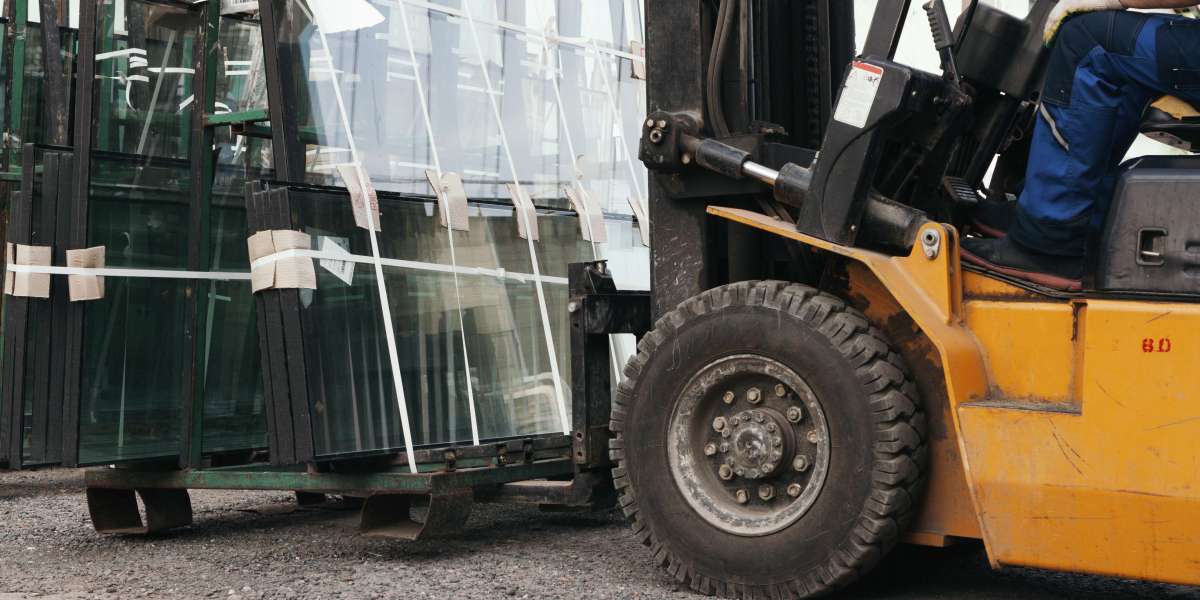Rough terrain forklifts are powerful machines designed for rugged outdoor environments like construction sites or farms. Operating a rough terrain forklift safely requires attention to detail, as these machines navigate uneven ground and lift heavy loads. Without proper care, risks like tipping or collisions can arise. This article provides practical safety tips to protect operators and others on site. Following these steps ensures smooth, secure operation in tough conditions.
Safety starts with preparation and stays critical throughout every task. Let’s explore how to handle a rough terrain forklift responsibly.
Pre-Operation Checks
Before starting, inspect the forklift to confirm it’s ready for use.
Equipment Inspection
Check tires, brakes, and hydraulics for wear or damage. A rough terrain forklift needs all parts in good condition to handle rugged surfaces.
Fluid Levels
Verify oil, fuel, and coolant levels. Low fluids can lead to breakdowns or unsafe performance on uneven ground.
Wear Proper Gear
Personal protective equipment keeps operators safe during use.
Safety Clothing
Use a hard hat, steel-toed boots, and high-visibility vest. A rough terrain forklift operator needs protection on busy, rough sites.
Additional Items
Gloves and safety glasses shield hands and eyes from debris or dust common in outdoor settings.
Know the Terrain
Understanding the ground you’re working on prevents accidents.
Assess Conditions
Look for slopes, mud, or rocks before driving. A rough terrain forklift performs best when you plan for obstacles.
Avoid Hazards
Steer clear of soft spots or deep ruts that could destabilize the machine on uneven land.
Load Management
Properly handling loads keeps the forklift stable and safe.
Stay Within Capacity
Don’t exceed the weight limit. Overloading a rough terrain forklift risks tipping, especially on slopes.
Secure Loads
Ensure items are balanced and tied down. Loose materials can shift or fall during movement.
Safe Driving Practices
How you operate the forklift affects safety on rough ground.
Control Speed
Drive slowly to maintain control. A rough terrain forklift can lose traction if pushed too fast on bumpy terrain.
Avoid Sharp Turns
Turn gradually to keep the load steady. Quick maneuvers increase the chance of tipping.
Use on Slopes
Slopes are common outdoors, and they need extra caution.
Uphill Travel
Keep the load facing uphill to balance weight. A rough terrain forklift stays stable this way on inclines.
Downhill Care
Move slowly with forks tilted back. This prevents sliding or losing control on descents.
Operator Awareness
Staying alert protects everyone around the forklift.
Watch Surroundings
Check for workers, equipment, or obstacles. A rough terrain forklift needs clear paths on crowded sites.
Use Signals
Sound the horn or use lights to warn others. Visibility can be low in dusty or noisy areas.
Weather Considerations
Outdoor conditions change, and safety adapts with them.
Wet Ground
Slow down on muddy or slippery surfaces. A rough terrain forklift needs extra grip in rain.
Windy Days
Lower loads in strong winds. High lifts can sway and destabilize the machine.
Training and Skills
Proper training builds safe habits for operators.
Get Certified
Complete a training course for rough terrain forklifts. Skills specific to this machine reduce risks.
Practice Regularly
Refresh your knowledge with practice. Familiarity keeps a rough terrain forklift operator sharp.
Maintenance for Safety
A well-maintained forklift runs safer on tough terrain.
Regular Checks
Inspect daily for loose parts or leaks. A rough terrain forklift depends on upkeep to avoid failures.
Fix Issues Fast
Repair brakes or steering problems immediately. Delays can turn small issues into hazards.
Final Thoughts on Rough Terrain Forklift Safety
Operating a rough terrain forklift safely demands training, inspections, and cautious driving. From wearing gear and checking loads to navigating slopes and weather, each tip protects the operator and site. A rough terrain forklift thrives on rugged ground when handled right, keeping work safe and efficient. By sticking to these practices, crews can rely on the machine without worry, ensuring it performs well every time.


